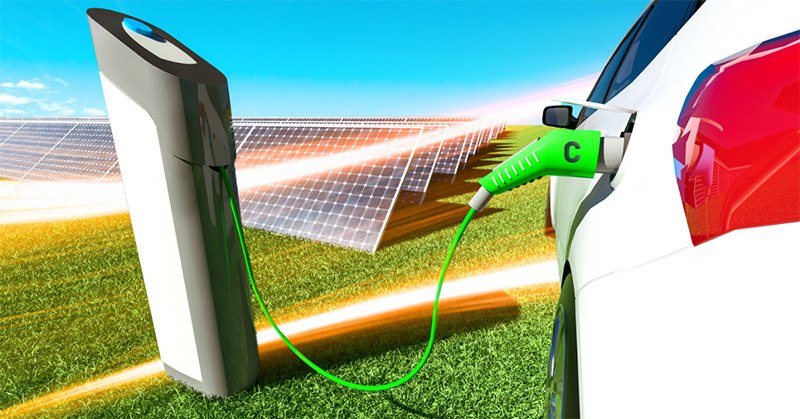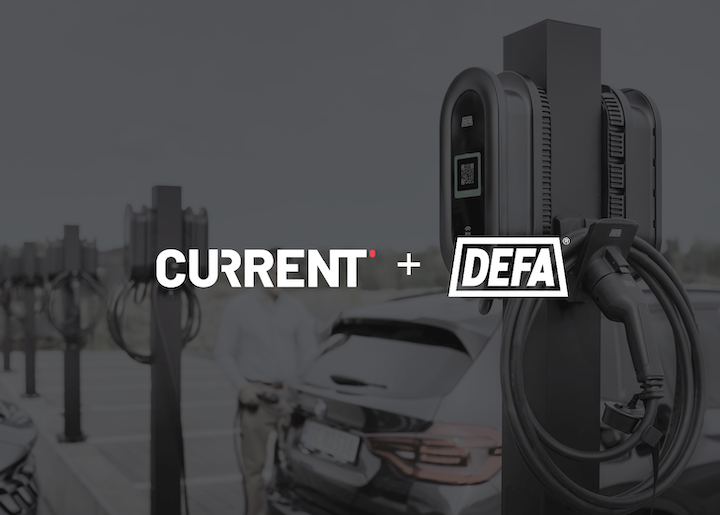
No matter where you look, there are people talking about how electric cars will overload electrical grids all over the world — especially in countries such as the UK where the electrical infrastructure is old and in need of updating. Despite these concerns, representatives from the UK’s National Grid have come out to say that the existing infrastructure can, indeed, handle all the extra electric cars that will be on the road.
So what’s the problem? Well, the UK predicts there will be 23.2 million electric vehicles on the road by 2032. If all of them were to plug in to charge at the same time, there could be a problem, but EV charging has come a long way since these cars first became popular.
In fact, a study by Eurelectric showed that even if 80% of all passenger cars were electric, it would only lead to an increase of 10-15% in electricity consumption. This isn’t quite enough to put the kind of strain on the grid that naysayers would have us believe is possible.
Even so, EVs could present an opportunity for aging grids like those in the UK and Germany to become part of the solution rather than the problem. With smart EV charging technology comes a wealth of opportunity that allows a vehicle to give energy back to the grid at times of high demand.
A 2020 study suggested that the United States would need to invest $125 billion in electrical infrastructure to keep up with EV power demand. But this doesn’t take into account an EV’s ability to give power back to the grid.
Matthias Preindl, an expert on electric vehicles at Columbia Engineering, told Columbia News: “Potentially, EVs could become the largest, distributed energy storage facility deployed. Together, they could supply more electric power than all conventional power plants combined.”
This is all made possible through Vehicle-to-Grid (V2G) technology. It allows an electric vehicle to send the electricity stored in its battery back to the grid at times of peak demand. For many countries, this means billions can be saved in infrastructure investment by simply making the most of V2G technology.

We recently attended the EVS35 show in Oslo and one of the conference sessions went into detail about grid congestion and EVs. The consensus from energy specialists, charge point manufacturers, and other experts in the industry was that, with the right technology in place, the electrical grid will be able to withstand mass EV uptake.
As EV adoption increases, we’ll need to continue to monitor energy usage but the right vehicles, chargers, and software could help to minimize the amount of investment needed. If you’d like to learn more about V2G technology - here is our V2G guide



